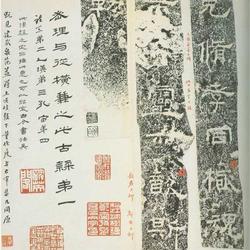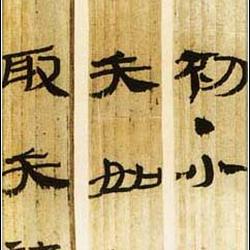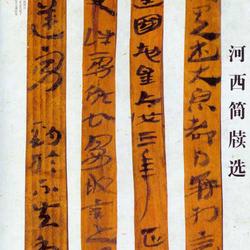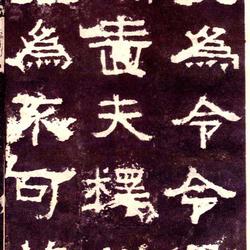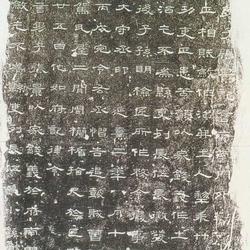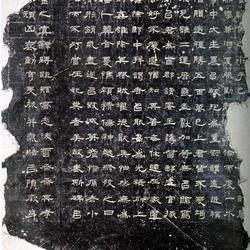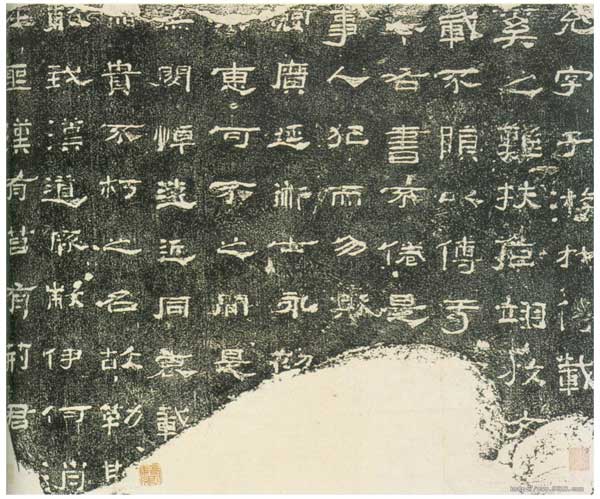
Ziyou's ruined stele, inscribed in June, the second year of the Han Yuan Dynasty (115), in official script. The stele was broken into two pieces, and this is the remaining stone fragment of "Yunzi Ziyou" at the bottom, with 78 characters preserved.
"Ziyou Broken Stone" is one of the famous "Four Kinds of Anyang Broken Stones". It was unearthed in April of the third year of Jiaqing in the Qing Dynasty (1798) next to Ximen Bao Temple in Fengle Town, Anyang. It was moved to the Confucius Temple and later relocated. The ancient pavilion in Luoyang is now stored in the Anyang Cultural Center. In the second year of the Republic of China (1913), the upper part of this stele was unearthed in Anyang, which is the remaining stone of "Xianliang Fangzheng". It is now in the Tianjin Art Museum.
This stele is a masterpiece of official script in the early Eastern Han Dynasty. It is a high-level work in the Han official script system. Kang Youwei commented that his calligraphy "has a vigorous shape, a deep atmosphere, and a strong and vigorous writing style, which is probably the origin of the "Zhang Heinv Stele"." He believed that this stele was the first of the "Zhang Heinv Epitaph" and the stone carvings of the Six Dynasties.

